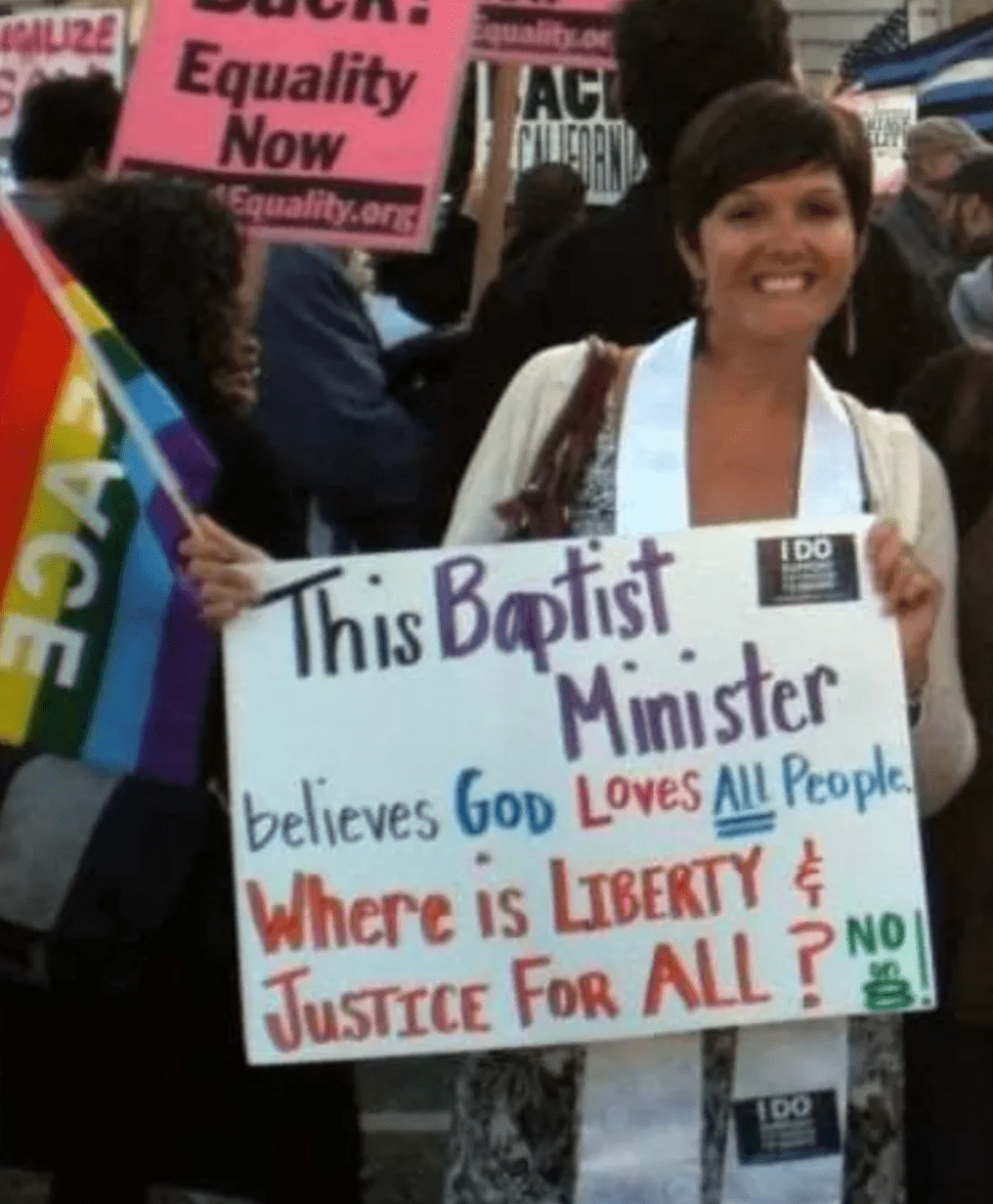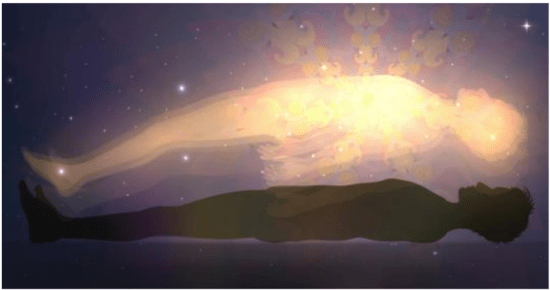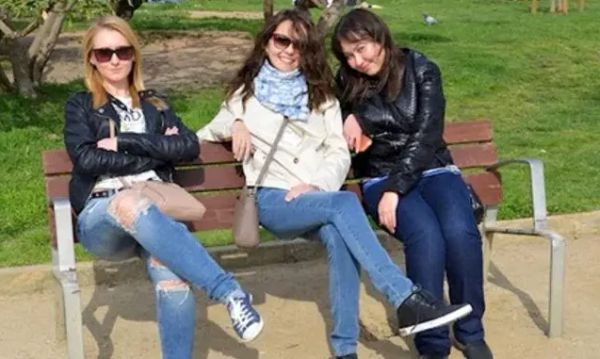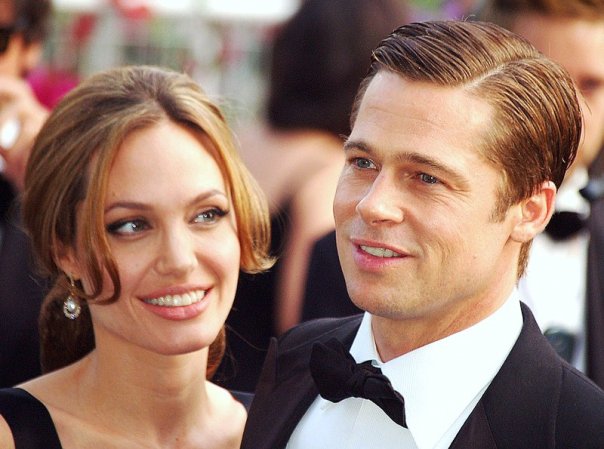Some gay churchgoers pleaded with me to stay and fight. But those stained-glass walls were imprisoning me despite the 15 years of brave fighting I had put in.
An offering dish sped by my head, and I dove. I stood in a sanctuary with 2,500 seats while dressed in a heavy clerical robe and holding a rainbow stole over my slender shoulders. I formerly served as the pastor of a “open and affirming” church—religious speak for welcoming and embracing queer people—which is something most churches forbid. I mean, they had appointed me, a lesbian pastor, as their pastor.
And I had to deal with the repercussions. In my filing cabinet, a large folder of hate mail was protruding. Some of the messages contained death threats, while others went into great detail about how my body would smell if I were to burn in hell.
However, that didn’t kill me. Such threats are something of a twisted badge of pride for us, the campaigners. I did not resign due to the outward discrimination that was leveled by clergy and politicians. Nope. Internal, sneaky, invalidating sexist and heterosexist microaggressions from a group of people who claimed to value and support queer people were to blame.
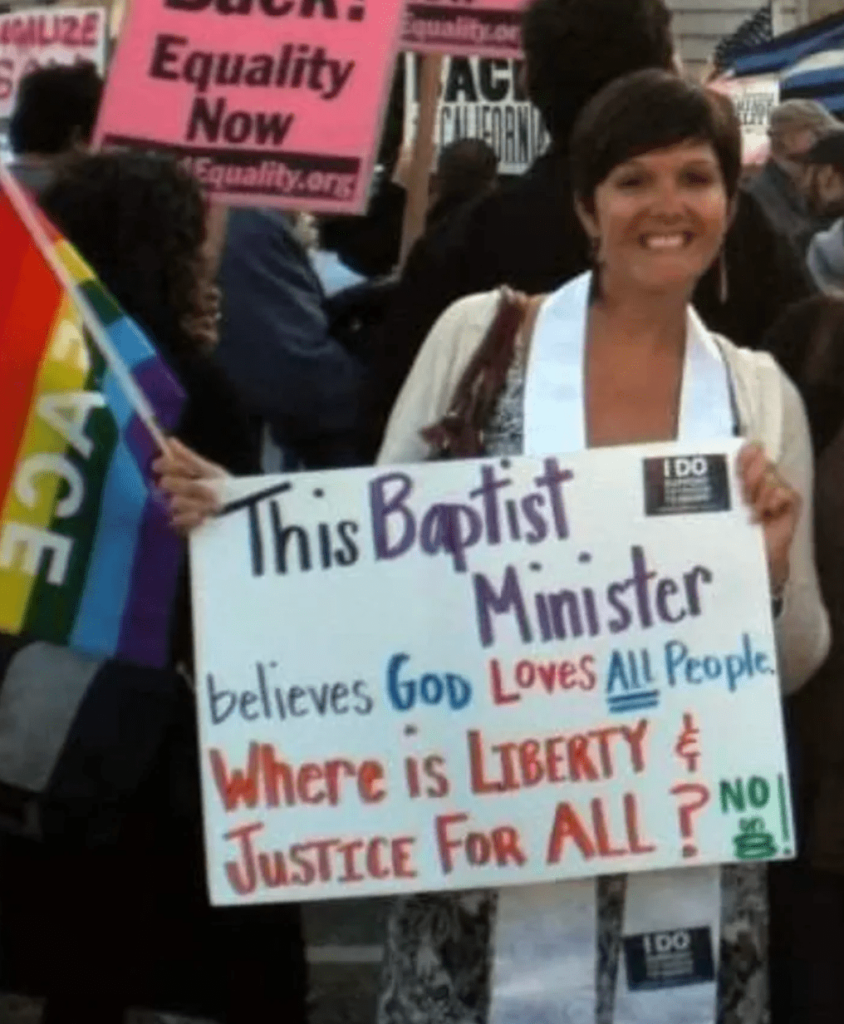
I made the decision to quit for my own physical, mental, and spiritual well-being because those giving plates are heavy, people.
I really felt like a failure. I had devoted my life to creative, queer service. My calling was in it. I spent my eleven years of college education studying it. I investigated the role of feminist and queer bodies in world religions for my Ph.D. after earning a bachelor’s degree in religion and attending seminary.
I even felt that the church had let me down. I was aware that most churches did not support LGBTQ individuals. They were, in reality, hostile, bigoted, and exclusionary. However, I found comfort in purported “reconciling” organizations that welcomed the LGBTQIA+ community.
Despite the fact that there are many incredible queer ministries across various wisdom traditions, in my view, religion still needs to be interpreted through the prism of heteronormativity. I wanted to completely rethink spirituality instead of making peace with those organizations.
Some queer members of the congregation begged me to stay and fight.
But after 15 years of brave resistance, those stained-glass walls were imprisoning me and transforming me into a sick, worried, and unhappy version of myself. I did not wish to live in such a way. And I had no desire to bring up my child in such environment.
After serving as a pastor for almost 15 years, I understood that institutional religion was poisonous for gay women like me. I then set out to travel throughout America with my wife and young son while conducting research on the lives, mythologies, and legacies of revolutionary lesbian women. My thesis was that we need queer spirituality if religion, any religion, is to be really affirming of all people.
I thought, wrote software, did research, painted, wrote books, and even taught classes on gay spirituality for the following ten years. However, it wasn’t until Florida’s anti-LGBTQIA+ laws that I realized what precisely it meant to queer your spirituality.
I feel compelled to expand on queer spirituality in light of “Don’t Say Gay,” legislation that forbids gender-affirming care for youngsters, rules that allow hospitals and physicians to reject treatment to gay people on “religious grounds,” and the prohibition of literature about us. to myself. and for my neighborhood.
Queer spirituality entails healing, repairing, and recreating spirituality in ways that are purposefully irreverent and subversive.
Recovery is where we start. So many institutional religions have condemned, forbade, and excluded queer people. These institutions have actually hurt people and caused unspeakable trauma. Religion’s main purpose in the lives of most LGBT people is to cause them pain, whether it be by labeling us as abominations destined for hell, paying for our international beheadings, or throwing that offering plate in my direction.
In order to practice queer spirituality, we must not only accept this pain but also organize ourselves to heal from it. And faiths must apologise and ask for our pardon. Recovering from the ways that religion has harmed us, both personally and societally, is the first step toward a queer spirituality.
Restoration comes after recuperation. Queer people need to revive the voices of queer saints that have been lost or erased and are yet there in our cannons’ cracks. This is what I did as I conducted research around the nation while getting over my pastoral trauma.
The stories of gay saints from every major wisdom tradition are abundantly inspiring, brave, and devoted when we peel back the layers of history, which was historically viewed through the perspective of heterosexual supremacy. We must unearth their experiences and fervently declare them in order to queer our spirituality.
Queer individuals have conducted rituals, submitted to Allah, prayed to Yahweh, spoke of Jesus, meditated with Buddha, danced with Shiva, and steered our spirituality for millennia, whether it was the woman-loving, status-quo-overturning Judith in Judaism or the Episcopal saint Pauli Murray.
We can revive the lost narratives of LGBT spiritual leaders once we have overcome our traumatizing religious experiences.
Restoration eventually results in re-imagination. We are inspired to rethink what spirituality looks like as a result of the unearthed stories of gay saints. Guanyin, the Buddhist goddess of compassion and mercy, has been reimagined by radical Buddhist trans people as a trans icon due of her gender fluidity.
Or how, in light of the details of their love revealed in their diaries and the way they held and kissed while being stoned to death, gay Catholics reinterpreted the saints Perpetua and Felicity as the Patron Saints for same-sex marriage. In addition to being martyrs for the faith, they were also martyrs for “forbidden love.”
This re-imagining is crucial. The restoration of queer saints elevates the gay people’s tales inside the world’s faiths since it is based on the “reconciling” approach I mentioned previously. But that is insufficient.
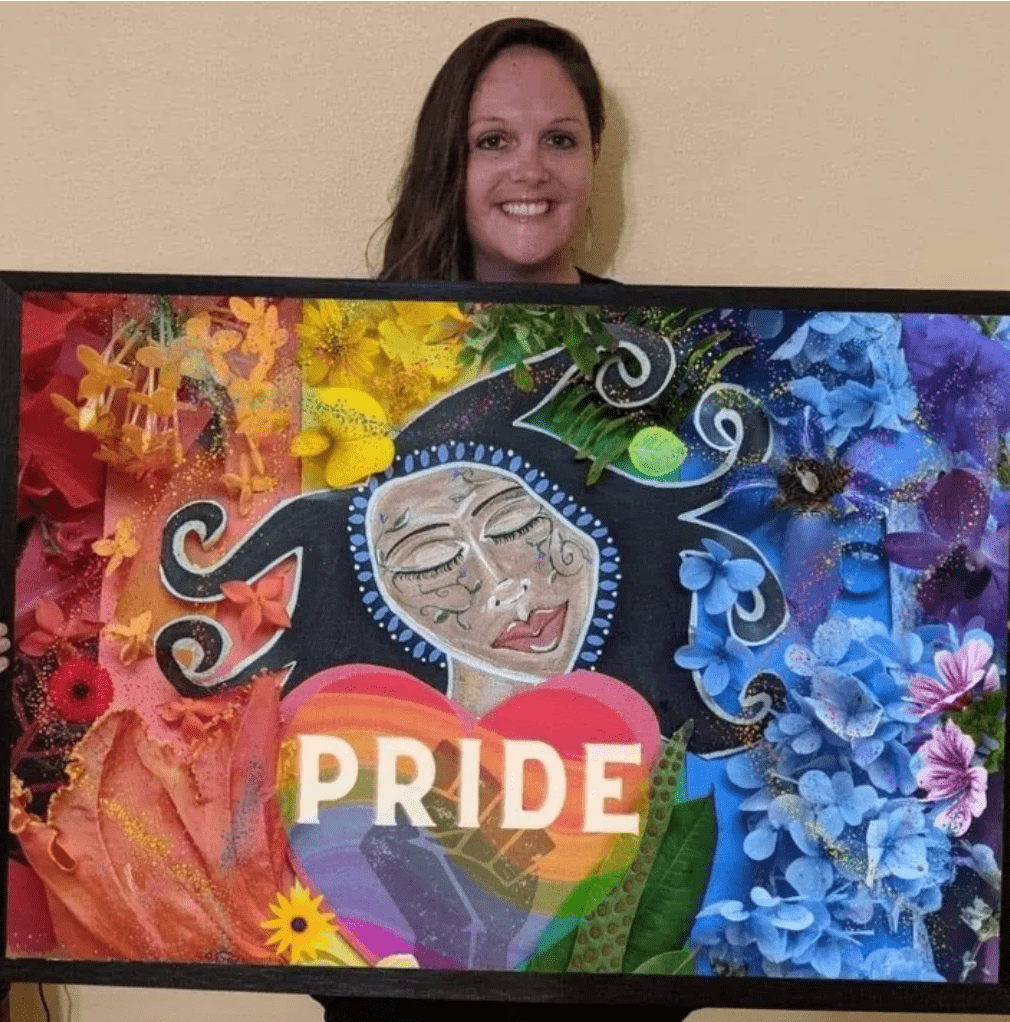
The trauma that many queer people have experienced cannot be healed by restoration or reconciliation. Because of Christian or Muslim extremism, “homosexuality” is illegal in 67 different countries, and in some of those, it is a capital offense that can actually result in the death penalty. Another example is Sen. Marco Rubio (R-Fla.), who used his Catholicism as a stick to pressure the Los Angeles Dodgers to cancel their invitation to a celebration of the Sisters of Perpetual Indulgence.
But unlike queer religion, queer spirituality reimagines something very distinct. Queer people’s innate spirituality gives rise to alternative rituals in which the club serves as our chapel, the rainbow flag and the virtues it stands for serves as our sacred symbol, trans people are renamed, people are baptized or mikvehed, Pride serves as our holiest day, and our chosen families serve as our faith community.
Our focus during meditation is freedom. Our sincerity in prayer. If the early church father Irenaeus was right when he said, “The glory of God is humanity fully alive,” then LGBT people, whether or not there is a deity, show us what it genuinely means to live fully and truthfully as ourselves.
I’ll share with you what my experience as a reformed queer clergywoman has taught me to be proud of as we celebrate Pride. I’m proud of the queer community’s innovative imagination. The queer community reimagines what it is to be spiritually human.
Whether it be via our fidelity to one another when the world is unfaithful to us, the spiritual authenticity of trans people living into the fullest of themselves, or Karamo reminding us all of our intrinsic worth on “Queer Eye,” we are all spiritually human. Queer spirituality is that. And neither a politician nor a priest can take that away.
